Open the century-old gate and letting contemporary craftsmanship take root in the wood city.
Wood Industry Revival Drives Urban Regeneration at Chiayi Old Prison
“We see ourselves as pioneer species.” Yeh Che-yueh, Executive Director of Taiwan Field School, detailed the rebirth of the Chiayi Old Prison complex: “We are like pioneer trees—the first to thrive on barren land, paving the way for descendants to take root and build a rich, layered ecosystem.”
Behind its imposing walls, the Chiayi Old Prison complex has reinvented itself over the past decade, emerging as a dedicated center for wood-based industry and creativity. Seeking the roots of this local ecosystem, X-Basic Planning interviewed Yeh Che-yueh of Taiwan Field School. He described how his team, working on the margins of historic spaces, has woven the city’s historical and contemporary fabrics into a cohesive new whole.

From Prison to Cultural Beacon: The Rebirth of a Wood City
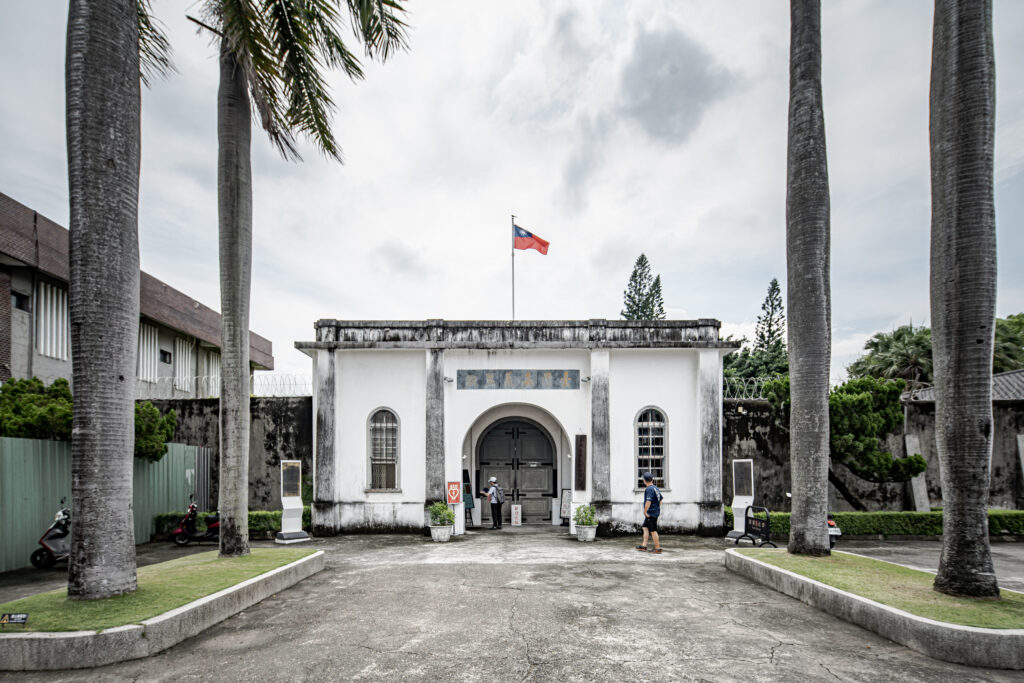
The old Chiayi Prison’s history epitomizes a century of penal reform in Taiwan. The original facility, the “Chiayi Branch of Tainan Prison” (opened 1922), was built on the radial “Pennsylvania System,” allowing central surveillance of all cells. Its interconnected gates, walls, and bars created a solemn, symmetrical architecture meant to inspire awe and fear. This design streamlined manpower and mirrored a pivotal evolution in the penal system—the transition from inflicting physical pain to enforcing isolation and self-reflection.
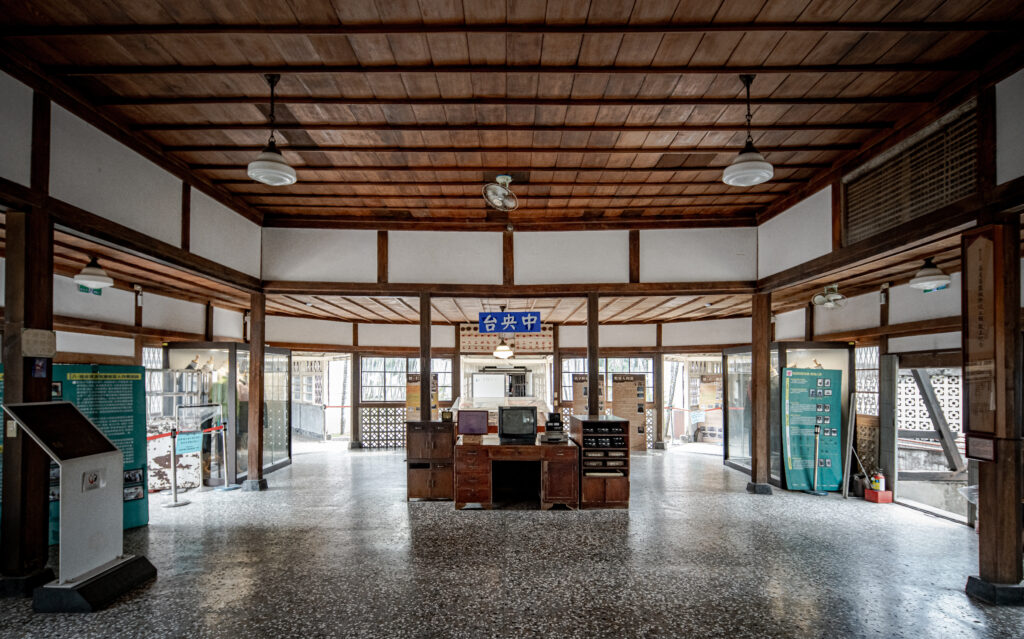
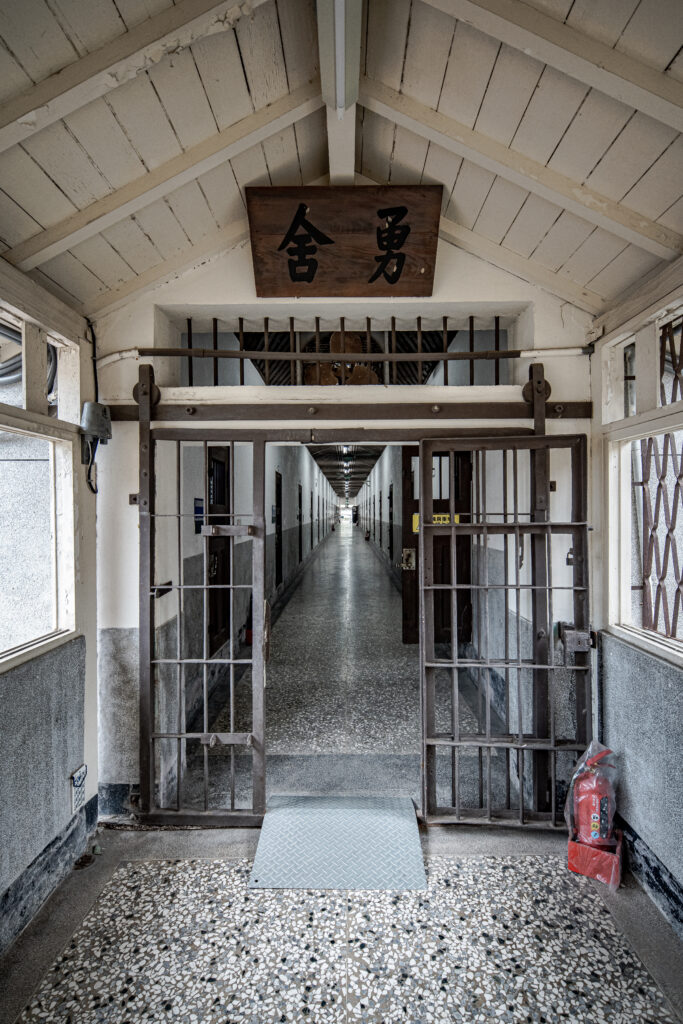
Yet within this rigidly isolated system, industry never stopped. The prison’s woodworking program mirrored Chiayi’s role as the “City of Wood,” serving both to rehabilitate inmates and to embed the institution within the local timber industry.
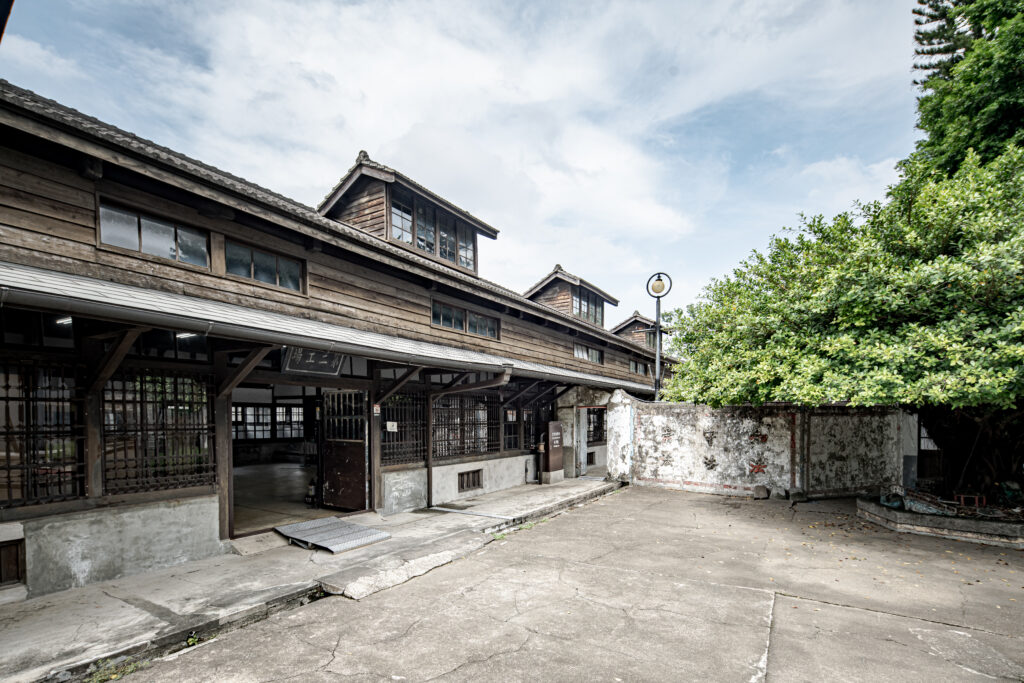
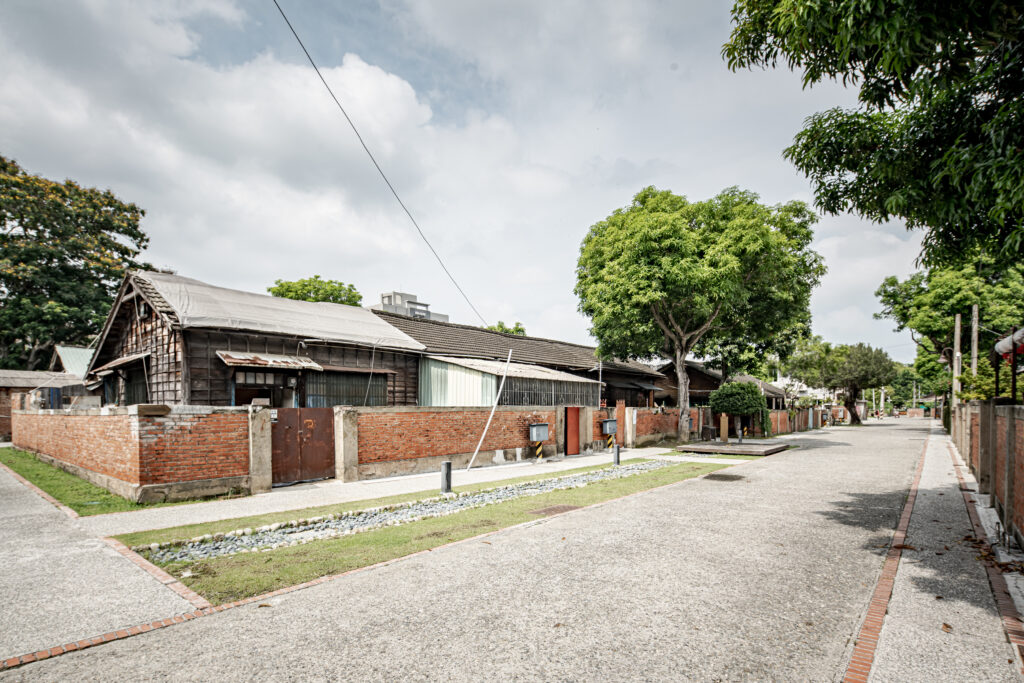
After its relocation to Lucao in 1994, the original Chiayi Prison site was designated a national historic site but soon faced major challenges in preservation and revitalization. Following over a decade of advocacy by local groups, public sectors, and academics, the main prison was restored in 2011 as the Prison Administration Museum, while the surrounding staff dormitories were left to deteriorate.
Yet some residents stayed on, their layered existence preserving the settlement’s delicate life patterns and, combined with the proximity to the prison, sustaining the spirit of the place. When Taiwan Field School sought a home for their work, they found the ideal site here. Through collaboration with multiple organizations, they succeeded in registering the area as a cultural heritage architectural settlement group in 2021.
Tearing Down Walls, Weaving the City Back Together
Prior to putting down roots in Chiayi, Taiwan Field School’s public art projects had spanned Taiwan. Through repetition, they recognized a key problem: their interventions struggled to sustain themselves and become a lasting part of the community’s daily fabric after the project’s end. In 2015, the team committed to Chiayi through the Community Planner Resident Environmental Transformation Project, assessing local challenges while partnering with the city’s Cultural Bureau and Professor of Architecture Chen Cheng-che to launch an experimental revival of the old prison dormitories.
The team skillfully orchestrated these separate tasks into a continuous cycle of ‘Research & Development → Implementation → Demonstration.’ The team transformed the old prison dormitories into an R&D hub, adopting a “renovation in lieu of rent” model to attract woodworking and design teams. These pioneers experimented with construction, operations, and community engagement, creating scalable models for broader application. Community-tested models were then applied back to the prison complex, enabling the team to develop activation strategies that both preserved the site’s heritage and supported its sustainable future.


Once the woodworking hub was established, Taiwan Field School used thematic exhibitions inside the prison walls to reinterpret its history and reduce the social distance between the institution and the community.
A 2021 collaboration with Concentric Design temporarily reimagined the prison as the “Old Prison Youth Hostel”. Featuring interactive cell installations and locally inspired cocktails, the project offered guests a distinctly subversive experience. Building on this work, the 2023 immersive experience “City Escape, Soulscape” reimagined the prison’s physical confinement as a metaphor for the constraints of contemporary urban life. Wearing inmate uniforms, visitors solved puzzles in the oppressive space, achieving a profound new form of engagement with history.
Through creative curation, the prison has become a multi-functional venue for exhibitions, drinks, and games. This approach has moved cultural heritage beyond expert-led planning, fostering public collaboration to reimagine the future of this historic landmark.


From its origins in community and cultural heritage work, the initiative evolved into a true incubator: bridging industries, repairing community ties, and nurturing creativity. The prison’s revitalization has been guided by a single principle: “removing the walls” and bridging the gaps between past and present, institutions and people, humanity and nature. Through an organic cycle connecting core and community, a once-closed space has become a forum for renewed civic dialogue.
The complete story of ‘Chiayi Old Prison and Dormitory Complex,’ along with more cases of old house revitalization, will be included in X-Basic team’s new book. Stay tuned!
